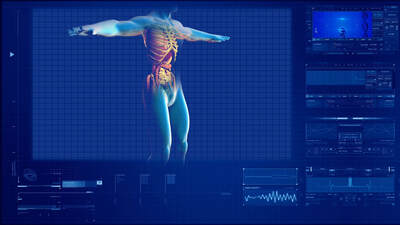
Qi is usually translated as vital life force. A more correct definition is that it is the force that makes up and binds things together in the universe. There is a healthy force of 8 movements in the human body according to Asian medicine and Qigong theory.
These 8 Movements are:
1.Ascending
2.Descending
3.Entering
4.Exiting
5.Opening
6.Closing
7.Gathering
8.Storing/Consolidating
Movements and exercises that comprise Qigong/Nei Gong sets are designed to balance the Qi dynamic.
The most important life force generator in the body is known as the Central Channel. The Central Channel is the Qi or force generated by the 4 channels of Qi working together. The 4 are the Governing Vessel, that moves up from the tailbone over the head to under the nose, the Conception Vessel that moves down the center of the front of the body, under the nose to in front of the anus, the Belt Vessel that travels around the waist like a belt and the Thrusting Vessel that runs up the center of the body in front of the spine.
A simple yet effective Nei Gong exercise is called Gaze at the Heel. To perform it, stand with your feet together and turn your head smoothly and slowly to the right as if looking over your shoulder. As you turn your head inhale and relax the muscles of the torso and neck. Feel the whole spine and Central Channel turning from the tip of the tailbone to the top of the head. The head is an extension of the turning. Exhale and turn your head to face front again with the mind intention focused on turning the whole spine. Move slowly and easily without force.
Then inhale and turn the head to the left repeating the movement.
At first the turning of the spine and Central Channel may be subtle especially in the sacrum and tailbone. It is important to keep the neck relaxed and experience the torso and spine turning from the head rather than the neck.
Although this exercise is called “Gaze at the Heel”, you do not turn your hips to look at the heel.
Turn the head 3 times in each direction (left and right).
I teach exercises similar to this one in my monthly Qigong class in NYC, in private Somatic Qigong lessons that I offer in different locations and in workshops upon invitation. Enjoy the tremendous health benefits of these simple gentle exercises.




 RSS Feed
RSS Feed